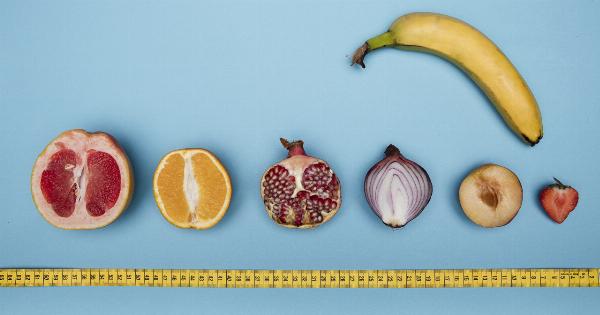Exploring the intricacies of the female body has been a topic of great interest for researchers and scientists alike. One aspect that has garnered considerable attention is the fluidity and variability of the female erogenic zones.
These erogenic zones are areas of the body that, when stimulated, can elicit sexual arousal and pleasure. In this article, we delve into the scientific study of these zones, shedding light on their fluid nature and the implications this has for understanding female sexuality.
The Clitoris: An Erogenic Powerhouse
One of the most well-known erogenic zones in females is the clitoris. Situated at the front junction of the labia minora, this small, highly sensitive organ consists of a glans, a shaft, and two legs.
The clitoris has been studied extensively due to its crucial role in female sexual arousal and orgasms. Stimulating the clitoral glans directly or indirectly can lead to immense pleasure and orgasmic sensations for many women.
The Elusive G-Spot
The existence of the G-spot has long been debated among researchers. This erogenic zone is believed to be located on the front wall of the vagina, about two to three inches inside.
Some women report intense pleasure and even squirting orgasms when this region is stimulated. However, the G-spot’s exact location and nature remain elusive, with researchers proposing various hypotheses.
Exploring the Nipples and Breasts
For many women, the nipples and breasts are highly erogenic zones. When these areas are stimulated, they can trigger intense arousal and pleasure.
The nipples, in particular, have a high concentration of nerve endings, making them highly sensitive to touch and caress. Engaging in nipple and breast play can lead to heightened pleasure and even nipple-specific orgasms for some women.
Discovering the Cervix
Deep within the vagina lies the cervix, a narrow passage connecting the vagina to the uterus. While the cervix is not traditionally considered an erogenic zone, some women report experiencing pleasure when it is stimulated.
During arousal, the cervix may shift and become more sensitive to touch, leading to pleasurable sensations. However, it is important to note that not all women find stimulation of the cervix pleasurable, and preferences for this zone can vary.
The Sensitivity of the Anus
While often overlooked, the anus can be an erogenic zone for many women. The area around the anus contains numerous nerve endings, making it highly sensitive to touch and stimulation.
Engaging in anal play, either through external stimulation or penetration, can lead to intense pleasure and even anal orgasms. It is vital to prioritize open communication and consent when exploring this erogenic zone.
Exploring Variability and Personal Preferences
It is crucial to acknowledge that every individual’s erogenic zones and preferences differ. What may be highly pleasurable for one woman may not elicit the same response in another.
Factors such as individual anatomy, psychological state, and previous experiences can all influence the sensitivity and pleasure derived from specific erogenic zones. Empowering women to explore their bodies without judgment or shame is key to understanding and embracing this variability.
Factors Influencing Erogenic Zone Fluidity
The fluidity of erogenic zones can be influenced by various factors, including hormonal changes, stress levels, and overall health.
Hormones play a significant role in regulating sexual desire and arousal, with fluctuations during different phases of the menstrual cycle impacting the sensitivity of erogenic zones. Stress and anxiety can also affect the body’s response to sexual stimulation, potentially altering the perception of pleasure and erogenic zones.
Expanding Knowledge through Research
While there is still much to learn about the fluidity and variability of female erogenic zones, ongoing research is shedding light on this fascinating aspect of human sexuality.
Scientists continue to explore the intricate connections between the female body, pleasure, and desire, aiming to provide a more comprehensive understanding of erogenic zones and their role in sexual satisfaction.
Conclusion
The fluidity of female erogenic zones highlights the remarkable diversity and complexity of human sexuality.
This fluidity, coupled with personal preferences and experiences, necessitates a respectful and non-judgmental approach when exploring and discussing erogenic zones. By embracing this variability, we can foster a greater understanding and appreciation for the unique experiences of individuals and contribute to a more inclusive, pleasure-positive society.




























